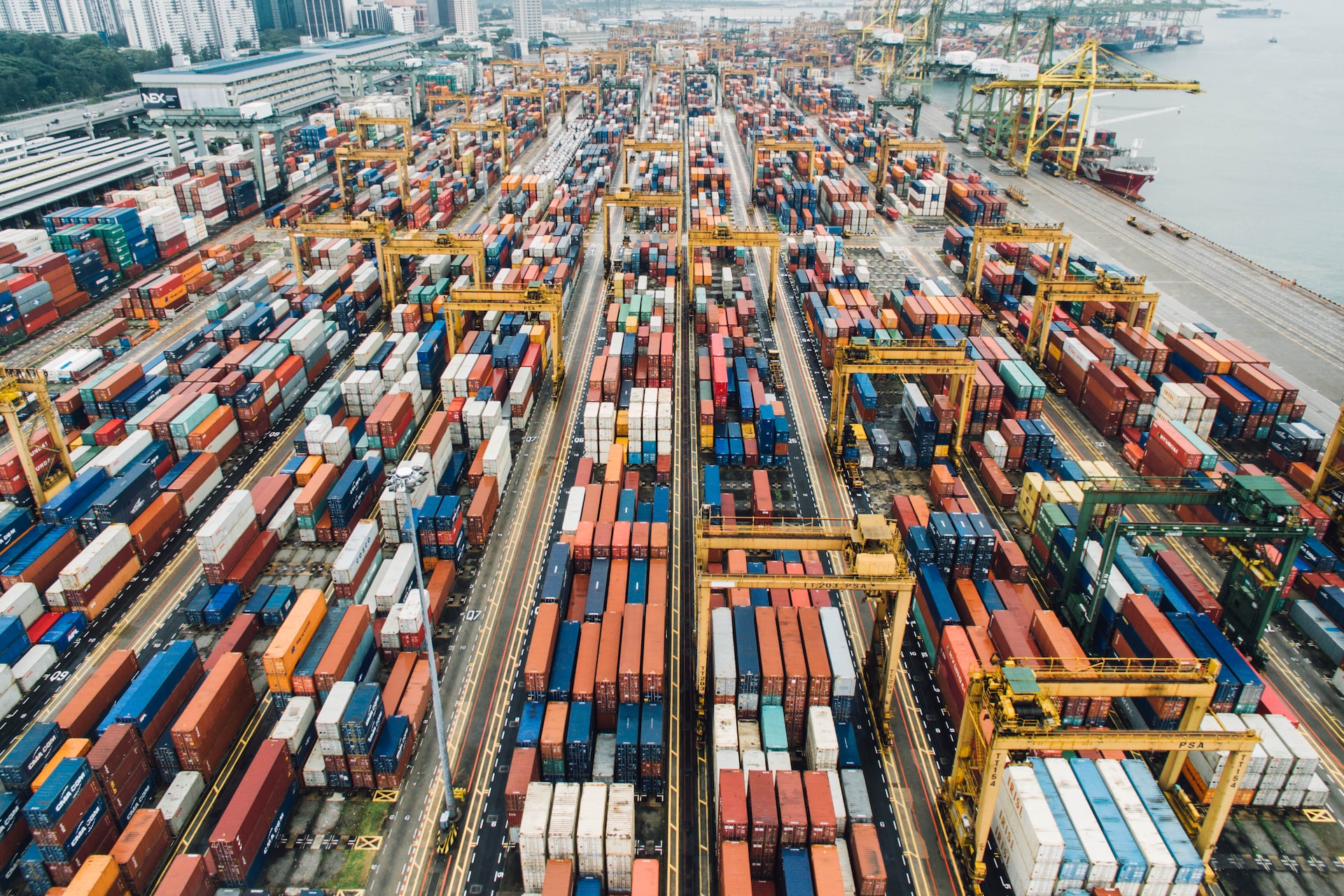
7 Common Supply Chain Problems and How to Resolve Them
November 15, 2023 - Emily Newton
Revolutionized is reader-supported. When you buy through links on our site, we may earn an affiliate commision. Learn more here.
Today’s supply chains face some significant challenges. To a certain extent, supply chain problems are inevitable, so businesses must do all they can to address them.
Any company can — and likely will — experience issues with its supply chain eventually. Knowing which events are most likely, where they come from and how to manage them will help businesses take them in stride. In that spirit, here are seven common supply chain challenges and how to resolve them.
1. Lack of Visibility
Many supply chain problems stem from a lack of visibility. Organizations often can’t see what’s happening beyond their Tier 1 suppliers, making it almost impossible to predict and respond to incoming disruptions. Supply chain leaders know this, too, as visibility is the number one priority for digitization among businesses today.
Possible Solutions
Digitization is a good first step. Real-time tracking technologies like the Internet of Things (IoT) and blockchain can make it easier to see materials and products through every stage. Cloud computing platforms can provide a single place to view all this data, offering a more complete picture of operations.
Automating tracking, scanning, alerts and other manual, data-heavy processes will also help minimize communication errors. Businesses should also make visibility an imperative for supply chain partners. Only work with companies willing to embrace collaborative, real-time technology.
2. Material Shortages
Material and component shortages are another pressing issue. Skyrocketing demand for difficult-to-obtain resources like some metals has led to widespread shortages in semiconductors and other crucial parts. Labor issues with suppliers, declining natural availability and geopolitical tensions have also made procurement challenging.
Possible Solutions
Distributed sourcing is one of the most important solutions. If businesses have multiple suppliers for one resource, a disruption at one won’t affect the entire supply. Keeping larger safety stocks will also help by providing a buffer if shortages arise.
Long-term changes are also important, especially in industries reliant on rare materials. Investing in research in alternative materials or designs that use less of a resource will minimize the company’s demand when supplies remain low.
3. Demand Volatility
The other side of supply and demand also causes frequent supply chain problems. Consumer trends shift dramatically and quickly, leaving businesses with product surpluses and shortages. While many companies try to predict these changes, they don’t always follow a predictable pattern.
Possible Solutions
Supply chains need more data to predict changing trends accurately. Collecting more customer data, cleansing it before use and feeding it into predictive analytics models instead of analyzing it manually will improve results.
It’s also important to recognize that predictions are only one piece of the puzzle. Supply chains must also be able to adapt to changing demand quickly. Consequently, warehouses should keep larger safety stocks of high-volatility items and reshore or nearshore suppliers to enable faster shipping times.
4. Rising Prices
Many supply chains today also struggle with price hikes. Freight indexes are almost 10 times higher than they were pre-pandemic, and inflation keeps raising prices, too. Managing these rising operational costs while trying to maintain competitive customer-side pricing is a substantial challenge.
Possible Solutions
Transferring costs to customers is the most straightforward solution but not an ideal one. It’s better to minimize internal expenses wherever possible. One good way to do so is by favoring domestic suppliers — thus lowering transaction costs — and consolidating shipments when possible.
Cloud-based freight forwarding platforms and similar digital services can lower costs, too. Digitization, in general, is a good cost management strategy, though businesses should be aware it will raise prices initially before lowering them over time. The same goes for applying automation and artificial intelligence (AI).
5. Cybersecurity Risks
Cybersecurity is one of the more overlooked supply chain problems but deserves as much attention as anything else. Attackers are targeting supply chains with increasing frequency, and this trend will only increase as digitization continues. More connected devices and data-centric processes make supply chains more vulnerable than ever, yet many organizations haven’t bolstered their security as quickly as they’ve embraced new technologies.
Possible Solutions
One of the most important steps is to train all employees in basic cyber hygiene, as human error is often to blame for data breaches. Businesses should also encrypt all IoT traffic, use multi-factor authentication (MFA) wherever available and keep all software and devices up-to-date. Advanced security software, including automated network monitoring, is also crucial.
Organizations must also hold their supply chain partners to higher standards, preferring to work with those with higher-level security certifications. Minimizing data-sharing to only give each party what they need to perform their job will also help.
6. Labor Shortages
Worker shortages are another significant problem for many supply chain organizations. The current workforce is aging, but fewer young workers are entering the industry to replace them. All the while, demand keeps rising, making it difficult to meet customers’ expectations and remain productive.
Possible Solutions
Benefits like better pay, flexible hours and career development opportunities can improve hiring and retention. Making workplaces safer and fairer for employees will help, too.
Even with these improvements, warehouses and similar workspaces may still experience shortages. There are more open positions than available workers. Consequently, automating the most dangerous or repetitive tasks will become an increasingly important strategy.
7. Congestion and Bottlenecks
Inefficiency is one of the easiest-to-understand yet persistent supply chain problems. Rising global trade is leaving ports congested, and many production processes feature bottlenecks that hinder output. Whatever the specific causes, today’s complex supply chains are prone to inefficiency and delay.
Possible Solutions
AI is a helpful tool in this area. Machine learning models can analyze supply chains to identify where inefficiencies arise and suggest efficient solutions. Some specific adjustments that often help include reshoring, distributed sourcing and increased communication with suppliers.
Facility-specific adjustments are necessary, too. Warehouses can improve efficiency through layout optimization, and factories can use automation to remove manual bottlenecks. Building digital twins of these facilities and analyzing them with AI to find and address issues will enable ongoing improvements.
Businesses Must Address These Supply Chain Problems
Supply chain problems are common because these networks are inherently complex. With so many moving parts, some disruption is inevitable, but that doesn’t mean businesses must accept their current obstacles. Improvement is always possible.
Recognizing these problems is the first step to addressing them. If more organizations can pinpoint where their supply chain issues arise, they can enact effective solutions to make the industry more efficient, resilient, cost-effective and safe.
Revolutionized is reader-supported. When you buy through links on our site, we may earn an affiliate commision. Learn more here.
Author
Emily Newton
Emily Newton is a technology and industrial journalist and the Editor in Chief of Revolutionized. She manages the sites publishing schedule, SEO optimization and content strategy. Emily enjoys writing and researching articles about how technology is changing every industry. When she isn't working, Emily enjoys playing video games or curling up with a good book.




